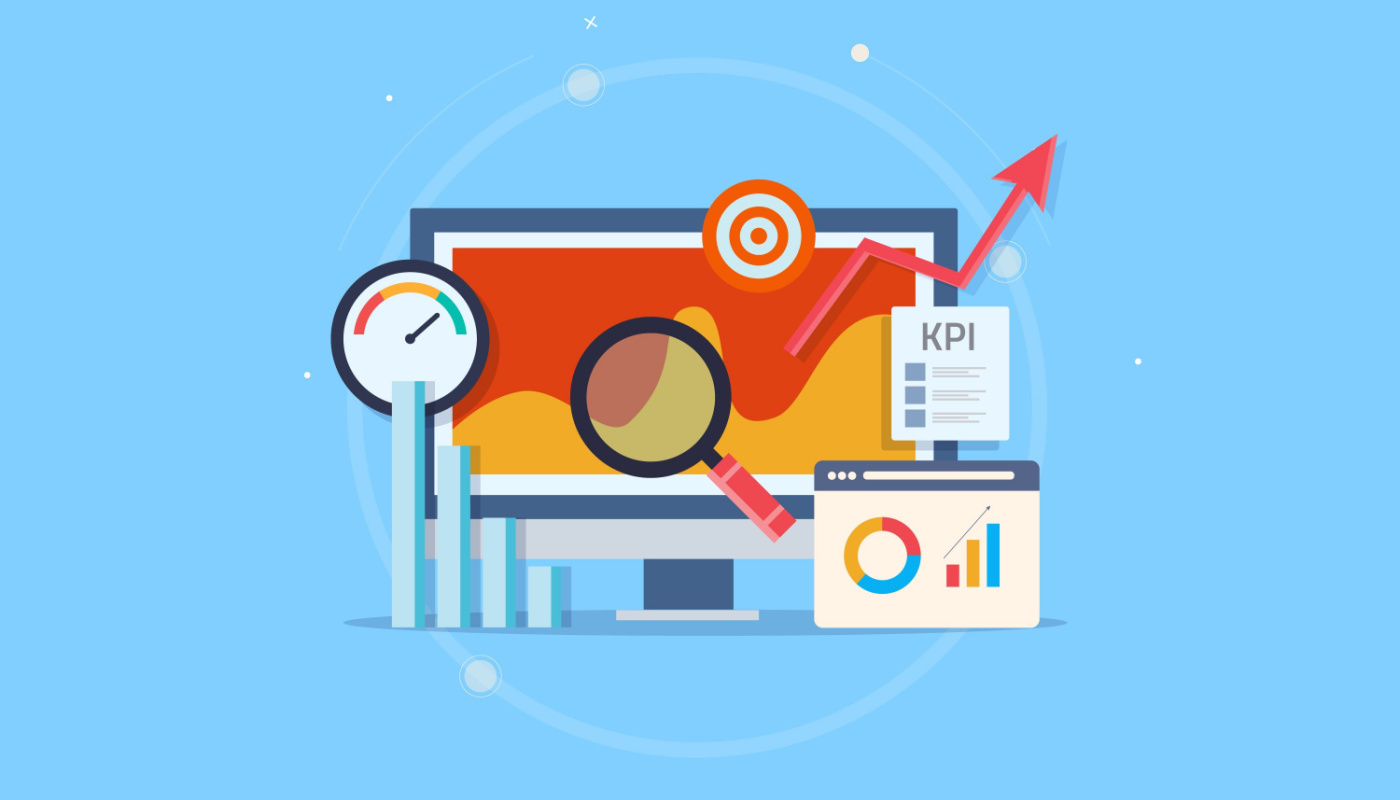The success of your call center—and in some cases, your entire business—rests on the quality of the work being done by your agents. Especially given how many agents are working remotely from different locations these days, it’s difficult to keep tabs on this work in real time. However, if you are using a call center software with real time reporting mechanisms, robust quality assurance safeguards and detailed QA scorecards, it’s easy to measure the success and efficiency of your call center. Here are four key metrics you should consider keeping tabs on if you are running an inbound call center.
Average Answering Speed
Answering speed is incredibly important to callers. Everyone has a busy life and a lengthy to-do list and they don’t want their plans for the day derailed by an endless hold with your call center. While it’s virtually impossible to have every call answered immediately at any given time on any given day, you can take steps to improve your answering speed if you’re seeing it creep upward. Bringing on more agents at the busiest times on the busiest days is one simple step in the right direction. Reviewing your interactive voice responder (IVR) menu options and considering whether you need to make any changes to help callers reach their desired solution faster is another.
IVR Efficiency
That’s right: You should be constantly reviewing the paths available to callers via your IVR, checking to see if the options that are offered are getting them to the right department and the right person as efficiently as possible. Even if this doesn’t technically improve your average answering speed, knowing that when their call is answered it will be the correct person to address their inquiry can make a world of difference for callers.
First Call Resolution
This is one of the most important metrics you should be measuring for your call center. There is a massive drop in customer satisfaction and confidence if you are unable to solve their problem or resolve their inquiry over the course of one call. Keeping an eye on whether or not this is happening, and if not, why calls aren’t being resolved will help you make the necessary adjustments. Two ways to improve first call resolution include making more specialists in certain departments or products available to speak directly to customers and empowering agents to carry out more tasks or complete more transactions than they previously had the power to do.
Average Call Time
While the average call time is going to vary greatly depending on the sorts of inquiries your call center fields, it is still crucial to keep it as low and as consistent as possible. Calls should be tight and efficient so that answering speed stays high and agents are able to assist more callers over the course of a day or a shift. If call times are not consistent, it may be a sign that agents working on a certain day or time lack proficiency in solving the problems they are being faced with and may require additional training.
Once you’ve decided on what metrics to measure, CallShaper makes it easy to build and personalize QA scorecards that measure and grade agents on the exact things that are important to you. To learn more about how, contact us today.


Leave A Comment